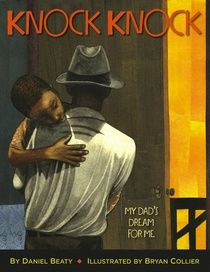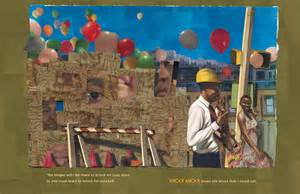Title: Noelle’s Treasure Tale
Author: Gloria Estefan
Illustrator: Michael Garland
Genre: Mystery/Adventure
Age: 1st -3rd grade
Published: 2013
Summary:
This is a cute story about a dog that goes on a wild adventure in search of a missing treasure that belongs to a royal family from Spain. Along the way she meets friends who help her find this treasure. She also follows different clues to help her. Unfortunately, not everyone she meets is out to help her. She has a scary dream about pirates and also a bad run-in with a raccoon and a snake. A scary hurricane also hits while she is on the island. All the people that she meets gave her helpful clues that eventually lead her to the treasure on Treasure Island. In the end, Noelle is able to bring the treasure back to Spain and saves the day. Throughout the adventure, even though Noelle gets scared at certain times she never gives up and keeps looking for the treasure.
How would I use it in my classroom?
This book is also a great rhyming book. Every line in the book ends with a word that rhymes with the next line. This book would be great to use when teaching children about rhyming words. Children would get to see how rhyming words can be used in a regular story book. I feel like kids are used to seeing rhyming words in only poems or a rhyming book, but it would be good for them to see how rhyming words can be used in regular picture book. To start the lesson, I would read the book and take rhyming words from the story and put them on the board. I will have my students try and come up with other words for these words that were not used in the book. After having some practice with coming up with different rhyming words I would have my students create their own story. They would create a story using rhyming words just like in Noelle’s Treasure Tale.
Teaching Strategy:
According to Tompkins (2013) a good way to teach children about rhyming words is to have them take the ending of a word like “ay” and come up with different words that have that ending. For example, students could come up with words like “bay”, “lay”, or “stay”. This would teach students about rhyming words and also the suffix of words. I would definitely use this strategy for my rhyming words lesson.
Estefan, G., & Garland, M. (2013). Noelle’s treasure tale: A new magically mysterious adventure. New York: Rayo.
Tompkins, G. E. (2013). Language arts: Patterns of practice. Upper Saddle River, NJ: Pearson.






